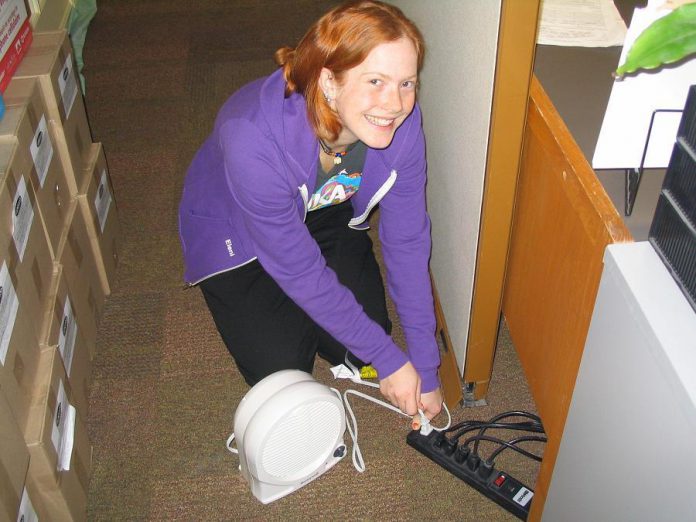
As I’ve been a renter for all of my adult life up until recently, paying a power bill was something I never had to do. After becoming a homeowner late last fall, I quickly realized it literally paid to keep a close eye on how much electricity is consumed on a daily basis.
I changed my habits, shifting the time of day when laundry and dishes are done to take advantage of off-peak power rates — and it’s paying off. With each hydro bill that comes in, the majority of electricity consumed is always during off-peak times.
There are other ways to save too. What if I told you that every month your power bill is higher then it has to be? What if you could control this added expense or even make it disappear completely?
You can, with very little effort.
Right now, throughout our area, there are homes sitting empty while their occupants are away at work or school. Even with no one at home, these homes are using electricity, above and beyond what is required to heat the home or keep essential systems running.
The vast majority of today’s homes are packed with electronics. They’ve become a mainstay in our lives, and for many of us they’re completely essential.
When I’m away from home and not using my TV or laptop, believe it or not they’re still using power — even if turned off. In our society, we want the TV to come on instantly when we hit the button on the remote, the laptop to be fully charged and ready, and it’s absolutely essential that the DVD player be powered up and ready to roll, even if we only use it once or twice a week for movie nights.
All of these electronic devices draw power when they’re turned off, so that when you turn them on they start up instantly with no or very little waiting. Called “phantom power”, the energy household electronics use when they’re turned off can be substantial, especially over a period of time.
While researching this topic, I found an online source that listed the annual cost that some of these electronics can have. It’s been found that a 27-inch television used 100 kilowatts over the course of a year, which works out to be $6 to $9 depending on the cost per kilowatt-hour you pay for electricity. Keep in mind the TV was never turned on.
For most of us it’s not a significant cost, but it does add up. Just think how many televisions, computers, and answering machines there are across the country.
Phantom power use can easily be eliminated with one flip of a switch. By plugging electronics into a power bar, we can eliminate the power flowing to several of them at once and easily turn them on and off.
At my house, we turn the power bar off each night before going to bed, unless something is scheduled to record on the PVR overnight. This turns off the television, internet modem, Wi-Fi router, DVD player, and satellite PVR all in one fell swoop, potentially saving a lot of money over the course of the year.
Businesses have an opportunity to take part in this as well and help increase their bottom line at the same time.
Imagine the added cost that a dozen or more computers all plugged in can add up to over the course of a year. The same goes for copiers, fax machines, printers and other office equipment. They all draw electricity when not in use — and the bigger the machine the more it uses. Over the course of a year, one could assume the dollar figure would potentially be significant.
Here at the GreenUP office, we have made an effort to eliminate the waste (and cost) of this unnecessarily use of electricity. All computers and printers are plugged into power bars, which are switched off at the end of the day. We also have the option to put our copier on a timer, which will switch it off when no one is in the office.
While you likely have a variety of electronic gadgets you can turn off to avoid using phantom power, there are some items that require it to function properly. We can’t do anything about electronics with a continuous display (like a clock on an alarm system), computer networks, or appliances or electronics that monitor temperate or humidity. What you can do is look for the Energy Star label for the most energy-efficient models available.
Reducing or cutting the phantom electricity load completely from our homes and offices is something we can all work toward doing. If everyone jumps on board we have the potential to lessen our energy consumption and reduce our power bills.


























